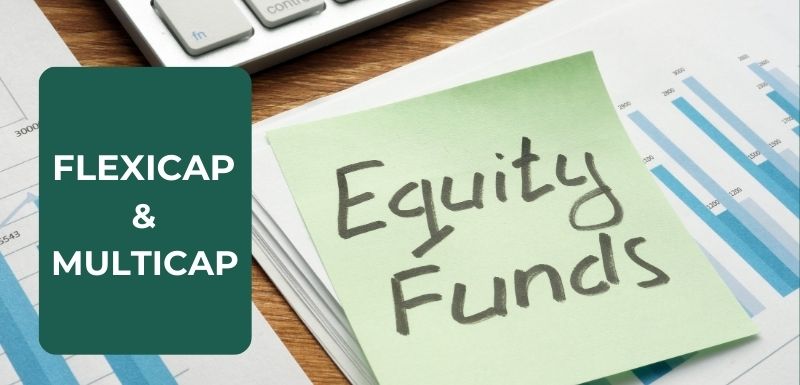
Hybrid Mutual Funds - Decoded
SEBI’s recent recategorization move has resulted in the creation of 36 “categories” of Mutual Funds, each with iron-tight definitions that are impossible to manipulate. In the long run, this stands to benefit investors as they will know exactly what they’re getting into while investing their hard-earned money! Here are the 6 sub-categories of “Hybrid” Mutual Funds, along with a short note on who exactly this category of Mutual Fund is “Sahi” for!
Conservative Hybrid Fund
SEBI’s Definition: Investment in equity & equity related instruments- between 10% and 25% of total assets; Investment in Debt instruments- between 75% and 90% of total assets
Suitable for: retirees whose primary intent is to safeguard their capital. SWP’s can be used to generate income from these funds, as they will be relatively stable.
Balanced Hybrid Fund
SEBI’s Definition: Equity & Equity related instruments- between 40% and 60% of total assets. Debt instruments- between 40% and 60% of total assets. No-Arbitrage would be permitted in this scheme.
Suitable for: Moderate risk-taking individuals with medium-term wealth creation goals that are 3-4 years away.
Aggressive Hybrid Fund
SEBI’s Definition: Equity & Equity related instruments- between 65% and 80% of total assets; Debt instruments between 20% 35% of total assets
Suitable for: High risk takers with 4-6-year time horizons, and with a clear understanding of the risks associated with equity markets
Dynamic Asset Allocation or Balanced Advantage
SEBI’s Definition: Investment in equity/ debt that is managed dynamically
Suitable for: Moderate risk takers who aren’t comfortable with a whole lot of volatility, and are looking to achieve tax-efficient returns that are 3-4% higher than FD’s in the long run
Multi Asset Allocation
SEBI’s Definition: Invests in at least three asset classes with a minimum allocation of at least 10% each in all three asset classes
Suitable for: Savvier investors who understand the dynamics of multiple asset classes and how they interact with each other
Equity Savings
SEBI’s Definition: Minimum investment in equity & equity related instruments- 65% of total assets and minimum investment in debt- 10% of total assets Minimum hedged & unhedged to be stated in the SID.
Suitable for: Low to Moderate risk takers with a ~2-year time horizon, looking to achieve tax-efficient returns that are slightly higher than FD’s.
Your Investing Experts
Relevant Articles
Understanding the Difference Between Multicap and Flexicap Funds
When it comes to equity mutual funds, investors often come across a variety of fund categories tailored to meet different investment objectives. Two categories that frequently cause confusion are Multicap Funds and Flexicap Funds. While both invest across market capitalizations (large-cap, mid-cap, and small-cap stocks), they differ significantly in their investment approach and mandates. Understanding these differences is crucial for making informed investment decisions.
Systematic Withdrawal Plans (SWP): A Reliable Way to Generate Regular Income
An SWP allows investors to withdraw a predetermined amount from their mutual fund investments at regular intervals, such as monthly, quarterly or annually. The beauty of SWPs lies in their flexibility—they provide consistent income while allowing the remaining investment to continue growing.
How to Invest in Mutual Funds: Tips for Building a Balanced Portfolio
Mutual funds are one of the most versatile financial products to help you achieve your financial goals. They can help you diversify across various asset classes, such as domestic and international equities, fixed income, gold, etc. Some of them, like hybrid and multi-asset funds can help to build a diversified portfolio by investing in multiple asset classes through a single scheme. They allow you to make lumpsum and regular investments through SIP. Thus, mutual funds can cater to different investors with different schemes based on their requirements. In this article, we will understand how to invest in mutual funds and how to build a balanced portfolio through them.
.png)

_(2).jpg)
